Name HMS Challenger Fate Broken for scrap, 1921 Length 69 m | Launched 13 February 1858 | |
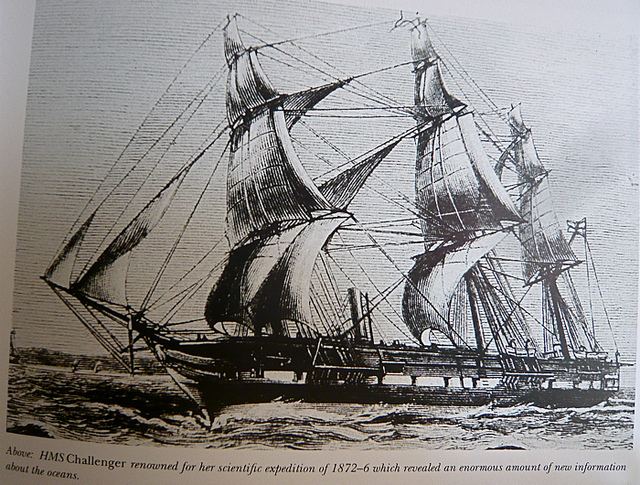 | ||
Displacement 2,137 long tons (2,171 t) Similar HMS Beagle, HMS Endeavour, Fram | ||
HMS Challenger was a steam-assisted Royal Navy Pearl-class corvette launched on 13 February 1858 at the Woolwich Dockyard. She was the flagship of the Australia Station between 1866 and 1870.
Contents
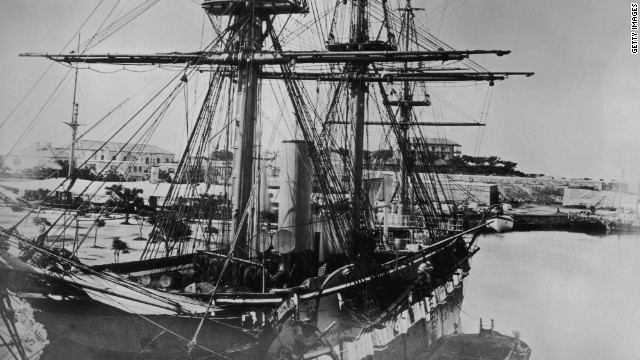
As part of the North America and West Indies Station she took part in 1862 in operations against Mexico, including the occupation of Vera Cruz. Assigned as the flagship of Australia Station in 1866 and in 1868 undertook a punitive operation against some Fijian natives to avenge the murder of a missionary and some of his dependents. She left the Australian Station in late 1870.
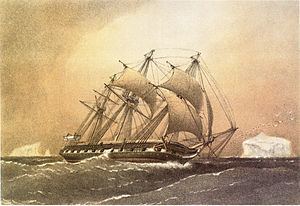
She was picked to undertake the first global marine research expedition: the Challenger expedition. The Challenger carried a complement of 243 officers, scientists and crew when she embarked on her 68,890-nautical-mile (127,580 km) journey.
The United States Space Shuttle Challenger was named after the ship. Her figurehead is on display in the foyer of the National Oceanography Centre, Southampton.
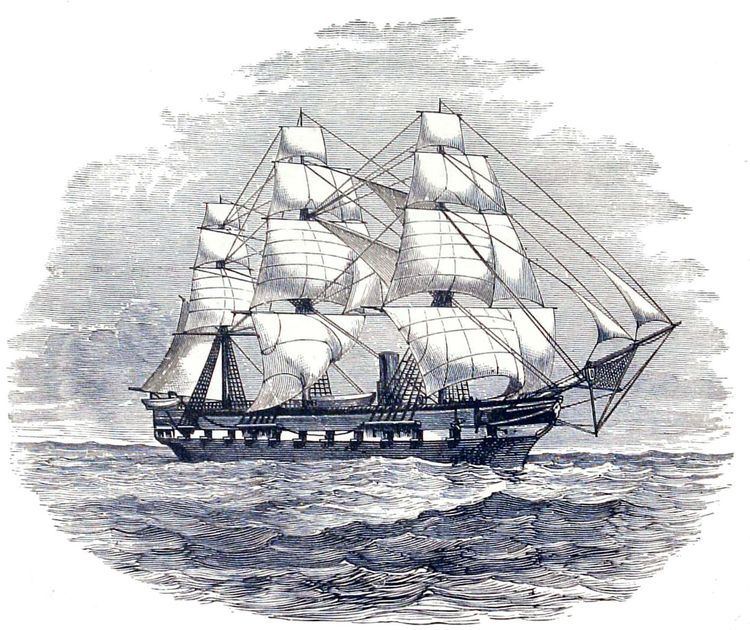
1873–1876: Grand tour
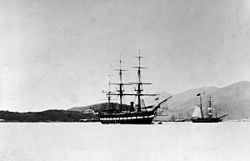
The Challenger Expedition was a grand tour of the world during covering 68,000 nautical miles (125,936 km) organized by the Royal Society in collaboration with the University of Edinburgh. Charles Thomson was the leader of a large scientific team.
To enable her to probe the depths, all but two of the Challenger's guns had been removed and her spars reduced to make more space available. Laboratories, extra cabins and a special dredging platform were installed. She was loaded with specimen jars, alcohol for preservation of samples, microscopes and chemical apparatus, trawls and dredges, thermometers and water sampling bottles, sounding leads and devices to collect sediment from the sea bed and great lengths of rope with which to suspend the equipment into the ocean depths. In all she was supplied with 181 miles (291km) of Italian hemp for sounding, trawling and dredging.
The Challenger's crew was the first to sound the deepest part of the ocean, thereafter named the Challenger Deep.
Later service history
She was commissioned as a Coast Guard and Royal Naval Reserve training ship at Harwich in July 1876.
In 1878 Challenger went through an overhaul by the Chief Constructor at Chatham Dockyard with a view to converting the vessel into a training ship for boys of the Royal Navy. She was found suitable and it was planned to take the place of HMS Eurydice which sank off the Isle of Wight on 24 March 1878. The Admiralty did not go ahead with the conversion and she remained in reserve until 1883, when she was converted into a receiving hulk in the River Medway, where she stayed until she was sold to J B Garnham on 6 January 1921 and broken up for her copper bottom in 1921.
Nothing, apart from her figurehead, now remains. This is on display in the foyer of the National Oceanography Centre, Southampton.
